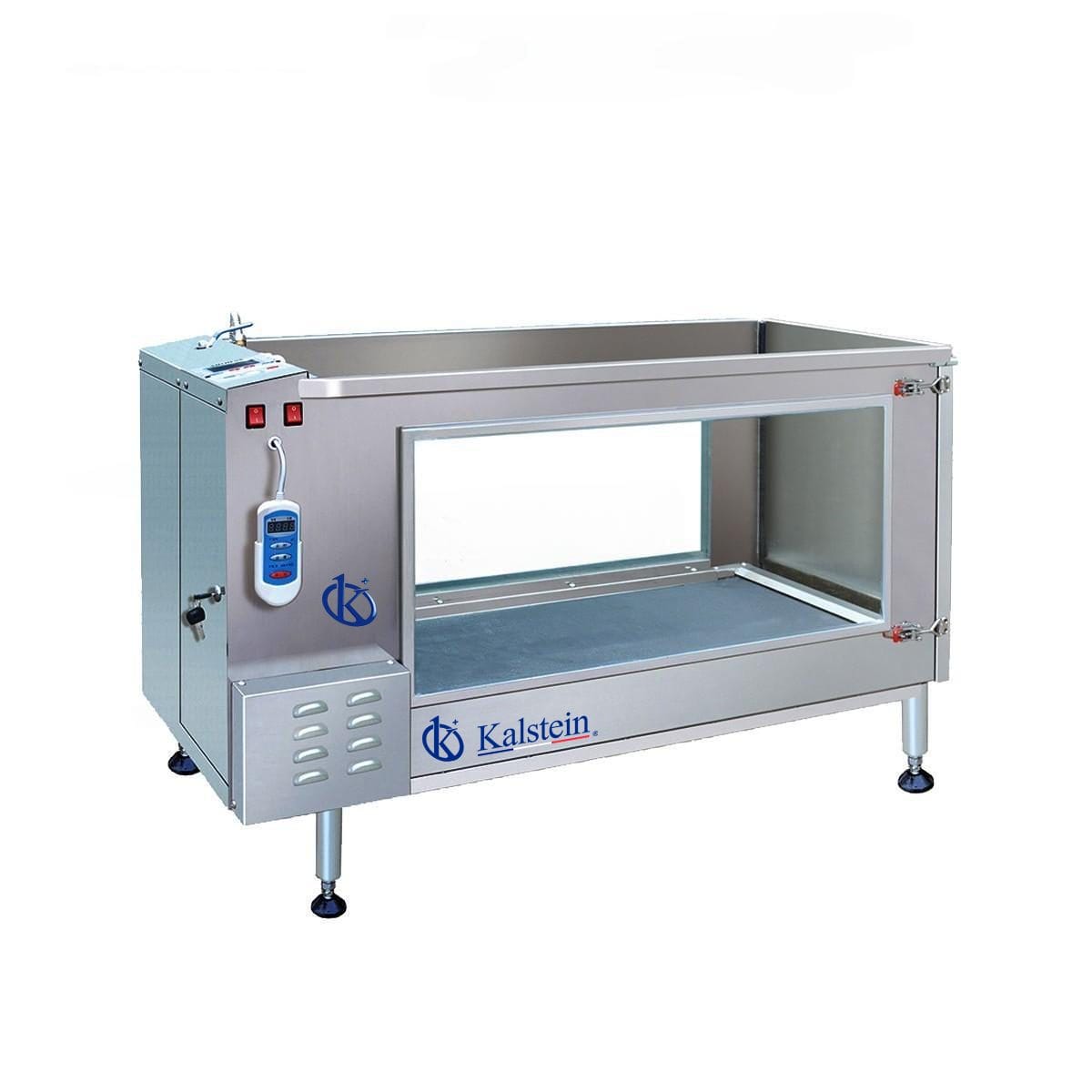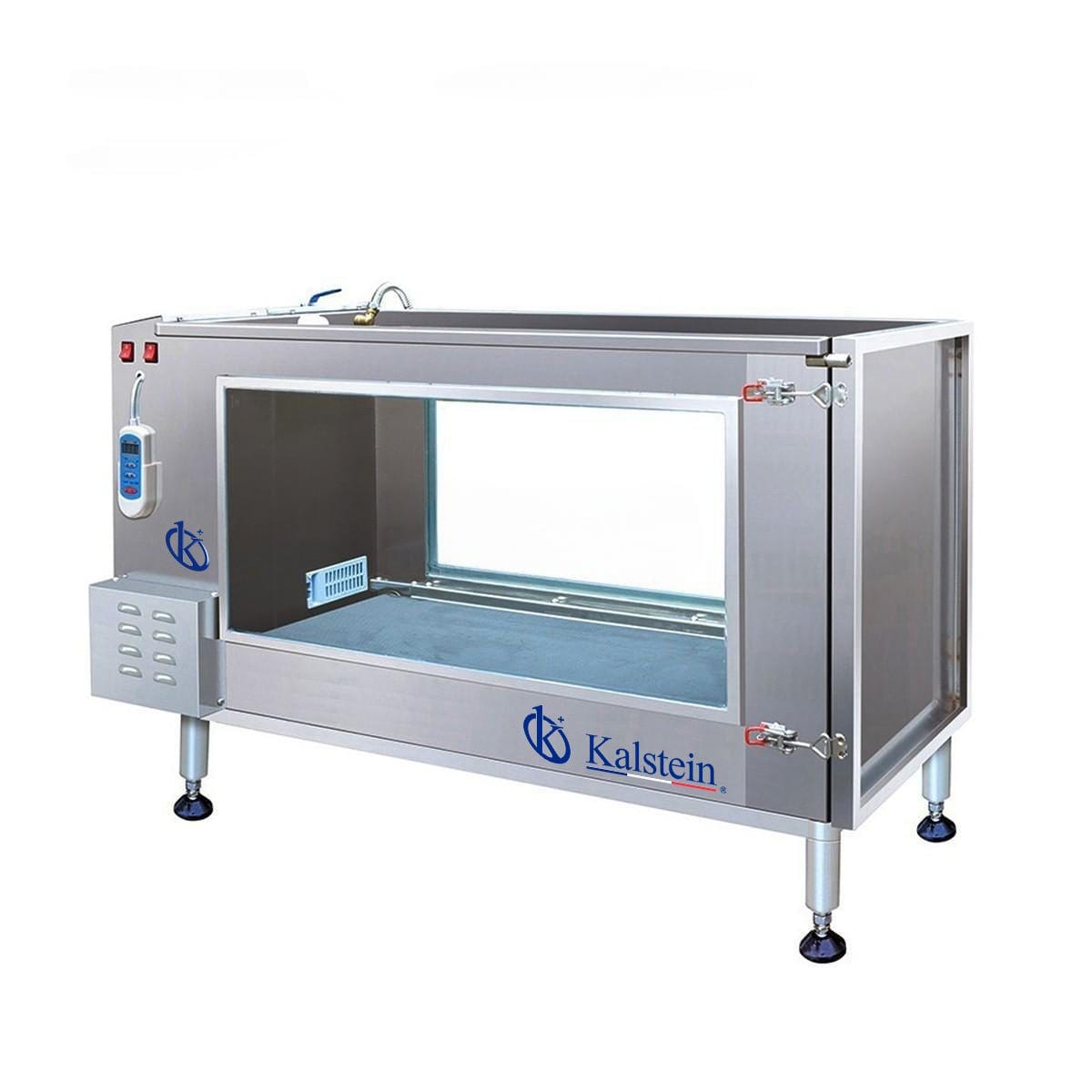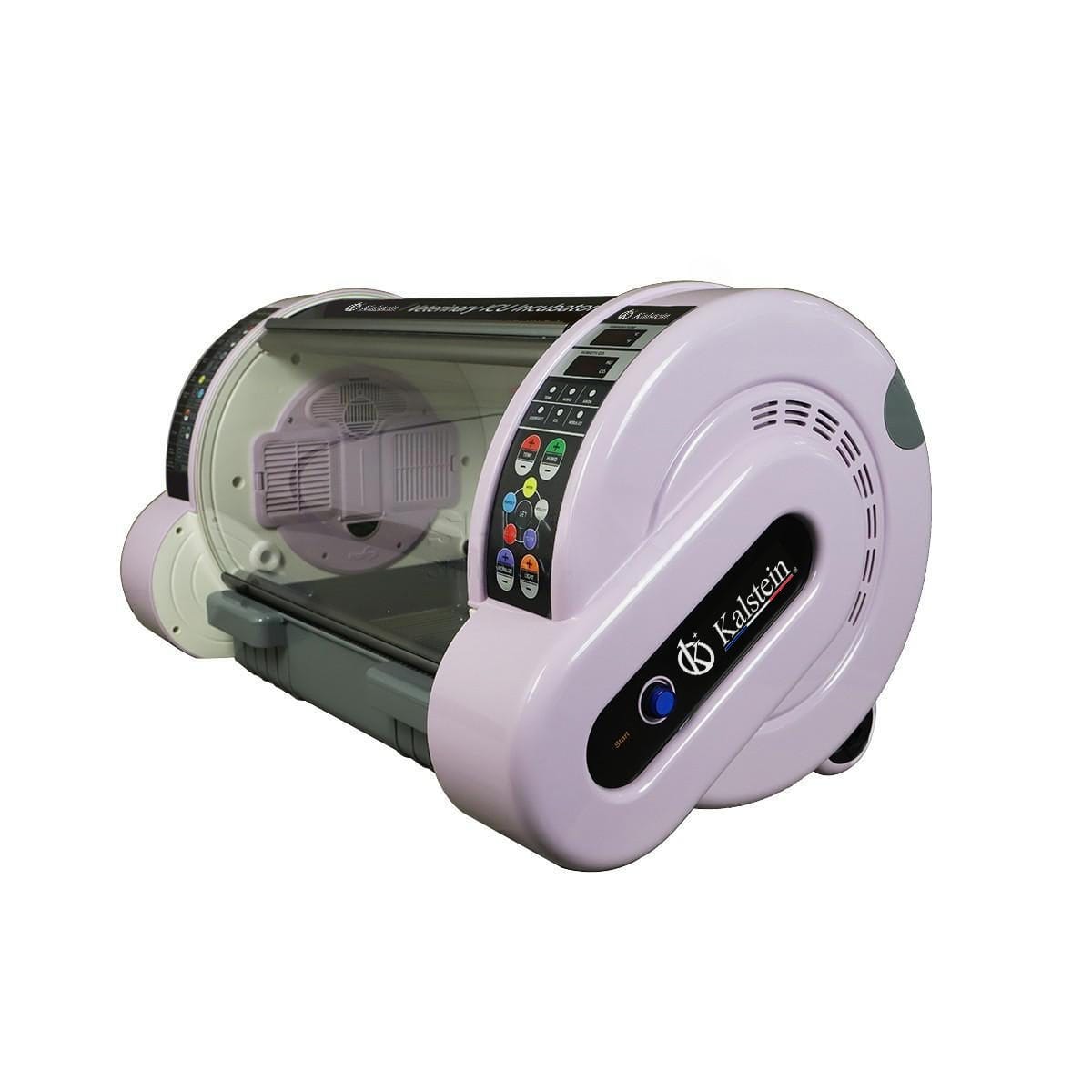Paraffin is a very important consumable in any histology laboratory. This item has become in the essential lab supply when it comes to microtomy and sample sectioning. The reason is that paraffin wax is useful to impregnate tissue prior to sectioning thin samples of tissue. The process begins when the water is removed from tissue through ascending strengths of alcohol and the tissue is cleared in an organic solvent such as xylene. After this, the tissue is placed in paraffin wax for a number of hours and then set in a mold with wax to cool and solidify. The final process is when you cut the sections on a microtome. The paraffin trimmer removes the excess paraffin from embedding cassettes safely and with ease by sliding it across the heated surface. The melted paraffin drains into the removable catch basin below without making a mess of paraffin shavings.
Paraffin wax cuts are a very delicate area in a histology lab. Most specialists recommend adjusting the right temperature from the cooling plates, in order to cool the paraffin blocks, so that they do not get any cracks in the cutting process. When a paraffin block is completely cracked, it becomes a useless sample.
Paraffin dispenser
Paraffin wax is useful to impregnate tissue prior to sectioning thin samples of tissue. The process begins when the water is removed from tissue through ascending strengths of alcohol and the tissue is cleared in an organic solvent such as xylene.
Any histology lab must have paraffin wax in order to accomplish the sectioning process so that the lab operator is able to see the samples through a microscope. It is common to have a paraffin dispenser in this type of laboratory, due to the importance of this consumable. Tissue processing is one of the most delicate techniques inside any kind of laboratory. You need to be aware of many details and the process must be very precise.
Paraffin wax
Paraffin wax is useful to impregnate tissue prior to sectioning thin samples of tissue. The process begins when the water is removed from tissue through ascending strengths of alcohol and the tissue is cleared in an organic solvent such as xylene.
This device is a very common tool inside a histology lab because it melts and dispenses the paraffin. The use of this paraffin dispenser is for research, instruction and experiments in universities or technical secondary schools. About this device’s safety, we recommend that when is on; keep the surrounding area clear while you are operating it. You should also keep in mind that you cannot use any flammable and explosive materials, strong chemical materials nor any toxic or radioactive materials.
When it comes to making paraffin wax blocks, you must melt the wax placing the entire cassette in 58°C paraffin bath for 15 minutes. We recommend you to turn the heat block on to melt the paraffin one hour before adding the tissue cassettes. Paraffin’s solidifying process lasts about 30 minutes, when the wax is completely cooled and hardened, the paraffin block can be easily popped out of the mold; the wax blocks should not stick. If the wax cracks or the tissues are not aligned well, simply melt them again and start over. After the tissue and paraffin attached to the cassette has formed a block, is ready for sectioning; and you should know that tissue blocks can be stored at room temperature for years. Visit our catalog HERE



